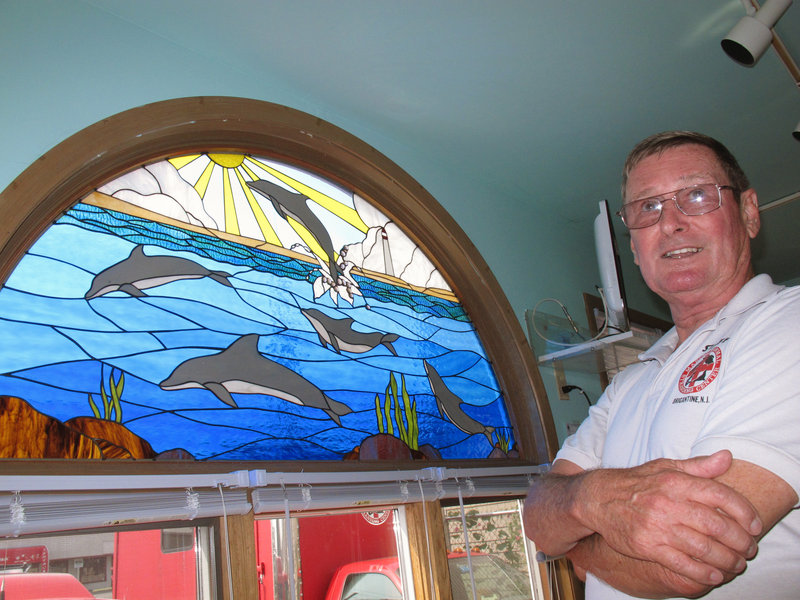BRIGANTINE, N.J. – Once upon a time, he was known as Captain Bob, the man who trained the dolphins and seals to perform for crowds in Atlantic City.
But as he got to know the dolphins, Bob Schoelkopf renounced keeping them in captivity and devoted the rest of his life to rescuing stranded marine mammals.
Now the man who once prodded dolphins to jump and wave their fins for crowds is part of a broad scientific effort to determine why dolphins are dying by the hundreds.
“It’s worst when you get a female come ashore and she’s lactating and you see the milk come out onto the stretcher,” said Schoelkopf, co-director of the Marine Mammal Stranding Center. “That means there’s a baby out there swimming around without a mother. That baby is going to become shark bait.”
VIRUS SUSPECTED
So far this summer, there have been about 230 dolphin deaths along the East Coast, prompting the National Oceanic and Atmospheric Administration to declare an unusual mortality event. That clears the way for an intensive scientific inquiry into what is causing the deaths.
No definitive conclusions have been reached so far, but many suspect the morbilli virus. The naturally occurring virus was ultimately blamed for the last major dolphin die-off, in 1987, when 740 of the animals died.
So far this year, several of the dolphins that washed ashore in New Jersey have tested positive for the virus.
The waves of dead dolphins started appearing in New Jersey in early July, and it hasn’t let up since then. Wednesday morning, the stranding center got a call about a dead dolphin that washed ashore in Sea Bright, the 62nd so far in New Jersey this year. Two hours later, yet another dead dolphin washed up in Spring Lake. Schoelkopf’s volunteers take the less decomposed carcasses for a necropsy at a veterinary center.
DECADES OF DEVOTION
Schoelkopf has been working with dolphins for decades. A Vietnam veteran whose duty included underwater operations, he got a job after leaving the service at an aquarium where he cleaned the underwater glass of the dolphin tanks.
One night, he was scrubbing away when he felt something nudge him from behind. It was a dolphin that had managed to get out of its holding tank — one of several, it turned out, who had learned how to open the gate, swim out — and then return after a while and snap the latch closed again.
“No one had any idea they were swimming out and playing around each night,” he said.
It changed his life.
“I didn’t want to work with captive dolphins anymore,” he said. “It wasn’t right for them to do 13 shows a day and never see sunlight.”
He founded the stranding center and has earned a national reputation for rescuing beached or distressed sea creatures.
He is well aware of the emotional effect sick or dead dolphins can have on people. “Animals die all the time at sea, but people don’t see it,” he said. “They get upset when they do see it. They’re looking at Flipper.”
Send questions/comments to the editors.



Success. Please wait for the page to reload. If the page does not reload within 5 seconds, please refresh the page.
Enter your email and password to access comments.
Hi, to comment on stories you must . This profile is in addition to your subscription and website login.
Already have a commenting profile? .
Invalid username/password.
Please check your email to confirm and complete your registration.
Only subscribers are eligible to post comments. Please subscribe or login first for digital access. Here’s why.
Use the form below to reset your password. When you've submitted your account email, we will send an email with a reset code.